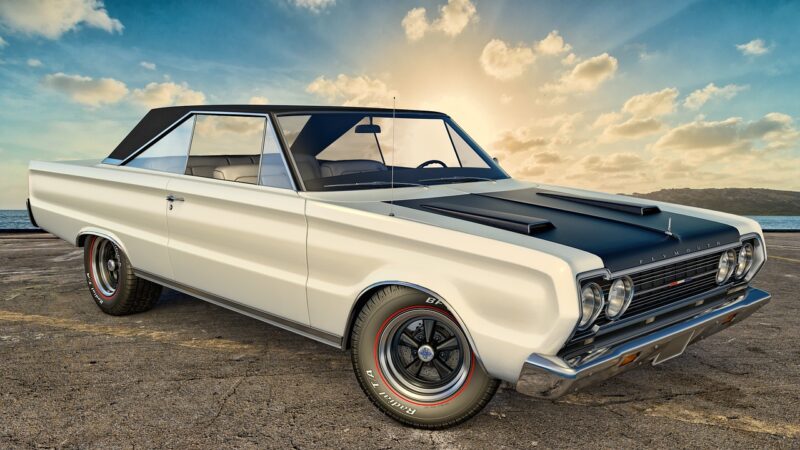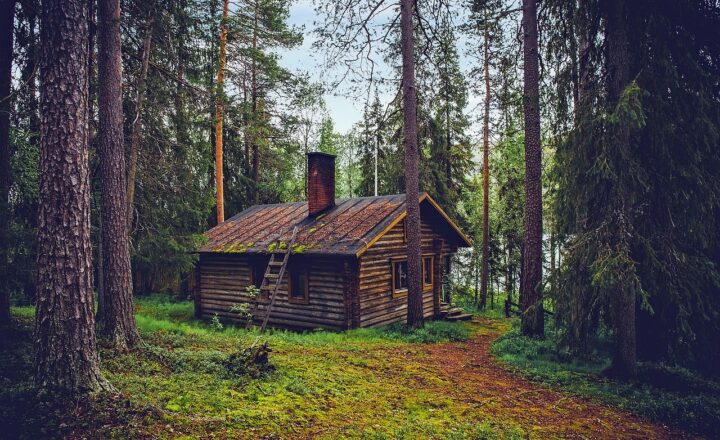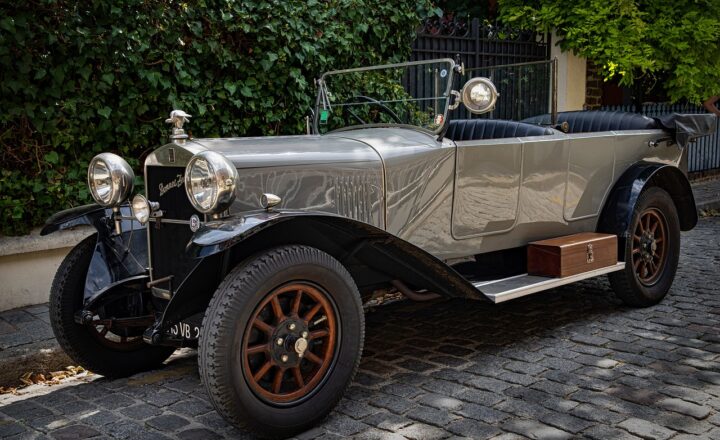How to Restore a Classic Car: A Step-by-Step Guide for Beginners
November 13, 2024

Restoring a classic car can be one of the most rewarding hobbies you can undertake, blending traditional skills with modern technology. The allure of bringing an old vehicle back to life captivates car enthusiasts and novices alike. Whether you’re passionate about automotive history, a fan of iconic designs, or simply want to create a beautiful machine to drive, this guide will walk you through the essential steps to restore a classic car from start to finish.
1. Understanding the Basics of Car Restoration
Before diving into the restoration process, it’s critical to understand what classic car restoration entails. Restoration is not just about aesthetics; it requires a comprehensive approach that includes mechanical, electrical, and interior components, while preserving as much of the original vehicle as possible.
Here are some key elements to consider:
- Budget: Establish a realistic budget that includes not just purchase cost but also tools, parts, and any services you may need.
- Time Commitment: Restoration can be time-consuming. Be prepared to invest hundreds of hours depending on the complexity of your project.
- Skill Set: Depending on your mechanical skills, you may need to learn about engines, bodywork, and electrical systems, or enlist expert help.
Understanding these factors allows you to plan effectively for a successful project.
2. Choosing the Right Classic Car
Selecting a classic car to restore is an essential part of your journey. Here are some considerations while choosing:
- Market Demand: Certain makes and models have a larger following, which can impact resale value and ease of finding parts.
- Condition: Look for cars that are structurally sound. A car that has minimal rust and doesn’t need too many replaced parts will save you money and effort.
- Personal Connection: If you have a sentimental attachment to a particular vehicle, this can drive your passion throughout the project.
Explore different classic cars and conduct thorough research to ensure you make a wise investment.
3. Essential Tools and Equipment
A wide variety of tools is required for car restoration. Here’s a list of essential tools that will come handy:
- Hand Tools: Wrenches, sockets, screwdrivers, and pliers are must-haves for almost any mechanical work.
- Power Tools: A drill, grinder, and a cutting tool will help with fabrication and repairs faster and more efficiently.
- Jack and Stands: Safety is paramount; always use a quality jack and stands when working underneath a vehicle.
- Paint Sprayer: If you plan on painting the vehicle, a good quality sprayer will save you time and provide a more professional finish.
Invest in quality tools, as they will necessary make your job easier and yield better results.
4. The Restoration Process
The restoration process can be broken down into several steps:
4.1 Assessment
Begin by evaluating the condition of your car. Take note of the necessary repairs, as well as areas that require restoration, such as the body, interior, or engine.
4.2 Disassembly
Once assessed, start disassembling the vehicle systematically, labeling each part for easy reassembly. Photographs can serve as useful references.
4.3 Bodywork
Repair or replace any rusted panels. Depending on your skills, you may need to utilize professional bodyshops to restore large sections or complete paint jobs.
4.4 Mechanical Overhaul
Depending on the engine’s condition, you may want to perform a rebuild. This includes replacing worn parts, ensuring all electrical systems work, and checking the transmission.
4.5 Interior Restoration
Restoring the interior includes repairing or replacing seats, door panels, carpets, and dashboard components. Take care to source original materials or suitable replacements to retain authenticity.
4.6 Final Assembly
With everything restored, begin reassembling your classic car. Refer back to your notes and photographs to ensure everything goes back correctly.
4.7 Quality Control
Before taking your classic car for a spin, conduct thorough tests across all systems. Look for leaks, listen for unusual sounds, and check that everything is operational.
5. Tips for Success
Embarking on this rewarding journey comes with challenges. Here are some tips to keep in mind:
- Join a Community: Connecting with other enthusiasts through forums or local car clubs can provide valuable resources, advice, and support.
- Document Your Journey: Take photos and keep a journal of your progress, enabling you to review your growth as a restorer and for potential future projects.
- Stay Patient and Persistent: Restoration can be frustrating, particularly when parts are delayed or unexpected issues arise. Staying committed will pay off.
Conclusion
Restoring a classic car can be an exhilarating experience, filled with learning opportunities and personal satisfaction. By following the steps outlined in this guide, you’ll be well on your way to breathing new life into a vehicle steeped in history. Remember to plan carefully, develop the right skills, and enjoy your journey of transformation. Your time and effort will be rewarded with a stunning classic car that you can cherish and show off for years to come.






